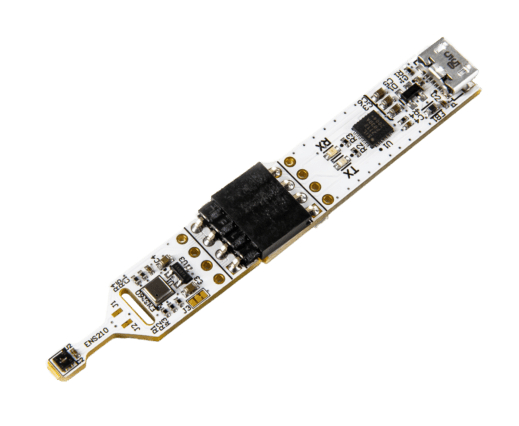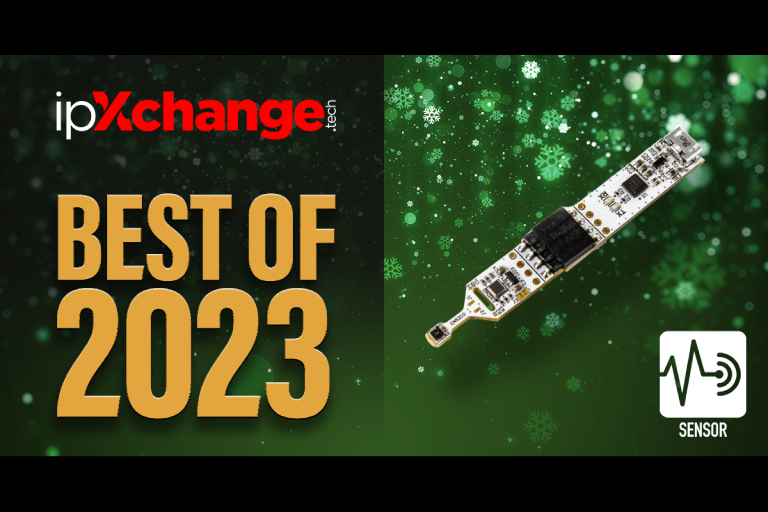ScioSense’s ENS160 and ENS161 devices are capable of quickly detecting changes in the concentration of Volatile Organic Compounds (VOCs), including ethanol, toluene, and hydrogen, and oxidising gases. Both devices come in a compact 3 x 3 x 0.9 mm LGA package with an operating voltage of 1.71-1.98 V and a separate VDDIO at 1.71-3.6 V.
To aid in easy use and integration of these devices, ScioSense provides an intelligent heater drive control and sensing algorithms that come pre-calibrated within the chip. This means that the data output from the device comes fully temperature, humidity, and baseline compensated, which greatly reduces the processing requirements of an external MCU as no software libraries are required. This allows designers to use smaller, less-complex MCUs to save board space and create more compact end products.
The key difference between the ENS160 and ENS161 is a marked improvement in low-power operation for the ENS161, which draws a mere 700 μA in low-power mode, quite remarkable given that both devices operate using a controlled hotplate for allowing the detection of a wide range of VOCs on 4 independent metal-oxide gas sensors.
The performance specifications of the ENS161 sensor are not yet confirmed, but the following sensitivities to VOCs for the ENS160 can be found in this datasheet. These are provided via I2C and SPI interfaces at a variety of speeds:
- Total VOCs: 0 – 65,000 ppb at 1 ppb resolution
- Equivalent CO2: 400 – 65,000 ppm at 1 ppm resolution
- AQI-UBA: 1 to 5 (excellent to unhealthy) classification
The AQUI-UBA air quality index rating is a discrete level-based classification derived from a guideline by the German Federal Environmental Agency based on a total VOC sum signal. See page 11 of the datasheet for more information on this classification system.
The -40°C to +85°C temperature and 5% to 95% relative humidity operating ranges make ScioSense’s solution well suited for a variety of (indoor) applications that include air purification, HVAC and ventilation systems, home/building automation, appliances, wearables, and smart mobile and IoT devices. Please note that the ENS16X devices are not designed for use in safety-critical or life-protecting applications.
At present, ScioSense only produces an evaluation kit for the ENS160; an ENS161 evaluation kit is expected to follow soon. This kit comprises the ENS160 device, the ENS210 break-out board, and a micro-USB-to-I2C converter. If you have a commercial application where an ENS16X device may be what you’ve been looking for, fill out the form below to apply for a conversation with ScioSense that will hopefully result in a free evaluation board to test their technology before you make a purchasing decision.



